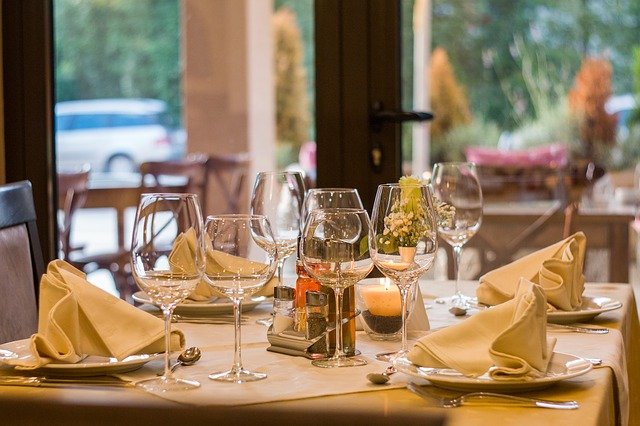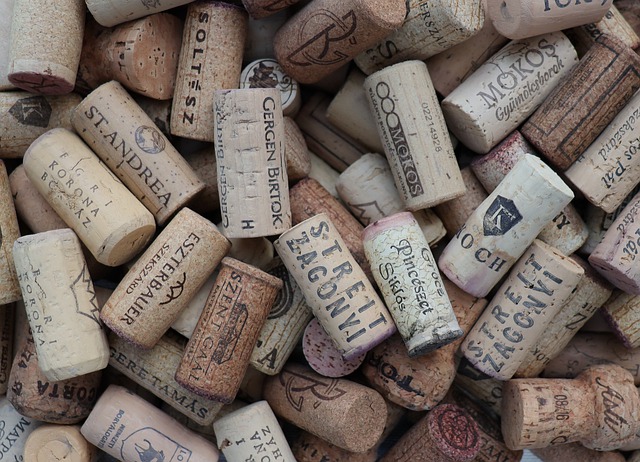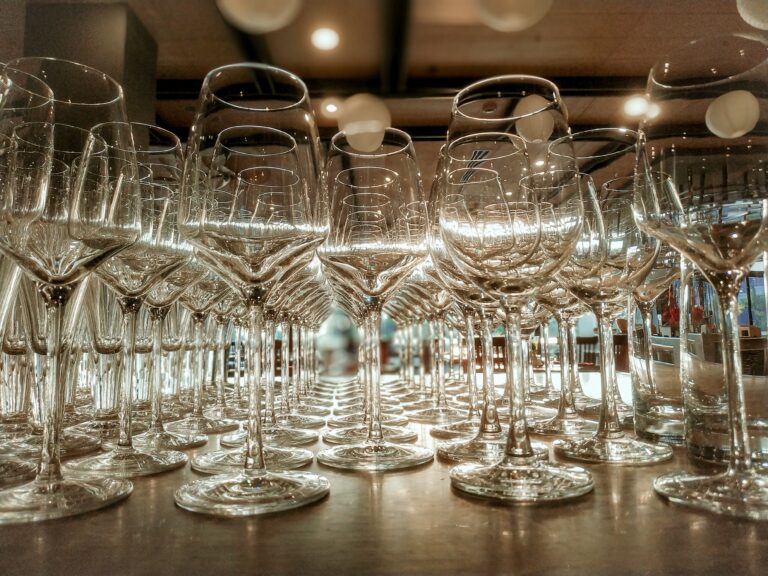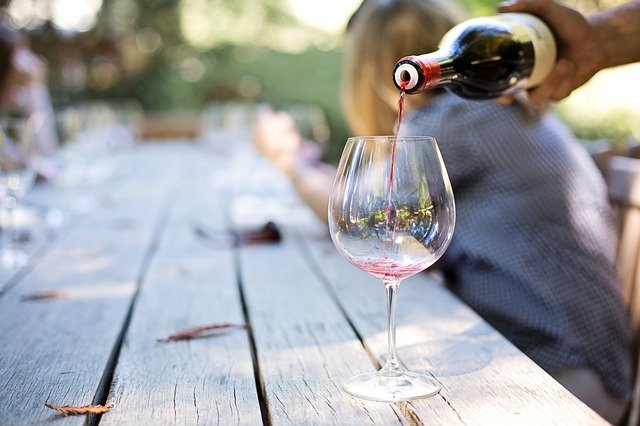There are many different types of wine stoppers on the market, from basic to decorative and from affordable to extravagant. But which one should you choose?
The answer to that question depends entirely on your specific needs and wants in a wine stopper, as well as how much you are willing to spend. Here’s how to choose the best wine stopper for your situation and style, as well as our top picks for the best wine stoppers on the market today. Let’s talk about How To Choose A Wine Stopper
What Is A Wine Stopper?
A wine stopper is a tool used to seal an open bottle of wine, ensuring that it remains fresh for longer.
For example, you might decide to bring your own bottle of Cabernet Sauvignon with you when you go out for dinner; sealing that bottle with a wine stopper after opening it will keep it from spoiling before you get around to finishing it. There are several different types of wine stoppers.
Also, Read this A Guide To Burgundy Wine
10 TYPES OF WINE STOPPER or CORK
There are many wine stoppers in the wine market but here in this section we only have mentioned best ten wine stopper or cork
Natural
Using a natural cork is a popular option among winemakers, but only one out of every three wines is sealed with natural cork. It’s certainly not as universal as it once was, but there are still plenty of reasons to consider choosing a wine stopper that employs natural cork.
Cork has unique qualities that ensure your wine won’t spoil prematurely—and if you have environmental concerns, it may be right for you. It requires zero maintenance and will last for several years without needing to be replaced or recorked.
Once in place, it’s easier to remove than synthetic corks because it crumbles instead of splitting apart like synthetic stoppers do when pulled from your bottle.

Colmated
Simply, a cemented wine stopper is one that is created by binding together a number of different materials.
For example, if it’s made out of rubber and metal then it’s considered cemented. The primary benefit to using a cemented wine stopper is that they’re typically less expensive than ones that are not.
This also makes them great for people who tend to lose their corkscrew often or have trouble opening bottles without one. The downside to using these types of corkscrews is they aren’t as reliable as non-cemented ones, and can be harder to remove from bottles over time due to erosion in certain environments.
Twin Top
If you want to use a wine stopper that can seal any type of wine bottle, including magnum bottles, look no further than twin top seals. Twin tops have an extra rubber ring around them which creates an extra secure seal.
They’re a little more expensive than standard wine stoppers and aren’t perfect for every bottle (if there is debris inside, it may still seep through), but they work well on regular sized bottles.
Overall, if you plan on drinking your wines down to their last drop every time, twin top is a great choice.
Champagne
Once opened, Champagne is best served within three hours. If you want to enjoy your bubbly for longer than that, it’s a good idea to preserve your bottle and finish it all at once. But how?
There are lots of options for preserving a bottle of champagne and, no matter which one you choose, it’s important to do so quickly after opening. Here are some tips for keeping that bottle around longer: Drink out of standard wine glasses instead of Champagne flutes .
Why? Because when glass is full and in motion (i.e., when you’re drinking), pressure builds up inside so as soon as you set down your glass, that pressure has nowhere to go but back into the glass – releasing carbon dioxide bubbles into your drink.
Synthetic
The most common type of wine stoppers are synthetic. These work via air pressure and can be screwed into a cork. The advantage of these is that they’re cheap, easy to clean, and will stop all but a few drips.
Because they don’t have any moving parts, they should last for a long time. However, those who keep their wine on display in their home might not like synthetic stoppers—you have to look at it every day as it drains away into an ugly puddle on your countertop.
This makes such stoppers more appropriate for restaurants or wine bars where you can hide them away out of sight behind glass racks.

Micro
Push down style wine stoppers have been around for over 100 years. They are classic, traditional, and usually made of stainless steel. These stoppers are very small in size but they also tend to be less expensive than other types of cork seals.
Some models come with an opener built in on top of them, so you can open your wine bottle right away without having to find another corkscrew or wait for someone else to do it for you.
Over time push down style wine stoppers can wear out and begin leaking air from your wine bottles.
Agglomarated
An agglomerated cork is, as its name suggests, formed by squeezing a number of tiny, individual pieces of cork together. The advantage to an agglomerated stopper is cost; because it’s made from several small pieces of cork rather than one big piece, it’s generally cheaper to manufacture.
That said, they’re not ideal for storing wine over long periods because they tend to shrink over time and aren’t as solid or secure as other types of stoppers.
Cork must also be stored in a dark place (like a wine cellar) so that it won’t absorb any damaging ultraviolet light while in storage—the last thing you want is to discover your favorite bottle has turned bad.
Conical
The conical wine stopper resembles a spiral, but it’s easier to remove than traditional corkscrew designs. Simply insert it into your open bottle of wine and twist clockwise.
As with other corkscrew-style devices, make sure to twist slowly and steadily, which will keep your wine from spilling out of your bottle as you turn. Conical stoppers are typically made from stainless steel or rubberized plastic.
Some come with replacement gaskets that can be purchased separately to ensure a good seal for long-term storage. It is important to clean them well after each use; let any residual liquid drip out before placing in a storage area or kitchen cabinet where bacteria could thrive over time.
9 & 10. Wooden and Plastic Bar Top
The easiest way to choose between a wooden and plastic bar top is to look at your decor. If you have an older bar, it might be easier to match if you use a wooden top.
It also depends on how often you’ll be hosting events; if you don’t entertain frequently, a plastic one is cheaper and more durable.
Also remember that most bars come with either type already on them, so if there’s one you like, keep it in mind when shopping for wine stoppers. You can also buy different kinds of tops as well! There are barrel ones or even custom laser-cut metal ones! It all depends on what you’re going for!
The important things to consider
It’s your wine – do what makes you happy. You can go with a standard stopper or spice things up a bit and get one that has style as well as functionality.
Keep in mind that a good wine stopper will have some heft to it, so if your wine is going to be placed in an area where people are going to be sitting on couches or love seats, make sure you get one that is weighted appropriately so it doesn’t tip over if someone bumps into it or shifts position slightly.
Regardless of what type of stopper you choose, always remember: no bottle no party!
Origin of Wine Stopper
What materials your wine stopper is made of is important for its quality and longevity. Cheap plastic stoppers usually aren’t very effective, but even pricier glass and cork options don’t last forever; they can break or wear out eventually.
Silicone-and metal-based stoppers are far more durable, but there’s a tradeoff: They can make opening your wine bottle too easy, often resulting in a messy cork that doesn’t reseal properly.
So if you plan to store your wines for years at a time, consider getting one with a harder closure that will stay in place once you open it up.
Summing Up On How To Choose A Wine Stopper
Overall, I prefer corks to stoppers. They’re more traditional and give a better presentation when you serve wine. They also preserve your wine longer than stoppers, since stoppers let air in as they’re pulled out.
Having a way to seal off bottles that are open can protect your wine from spoilage and prolong its shelf life.
While there are lots of different kinds of stoppers on the market—including screw-top types—this tutorial will teach you how to choose between two of them: natural cork or synthetic plastic. Which is best for your household? We’ll talk about that below.






